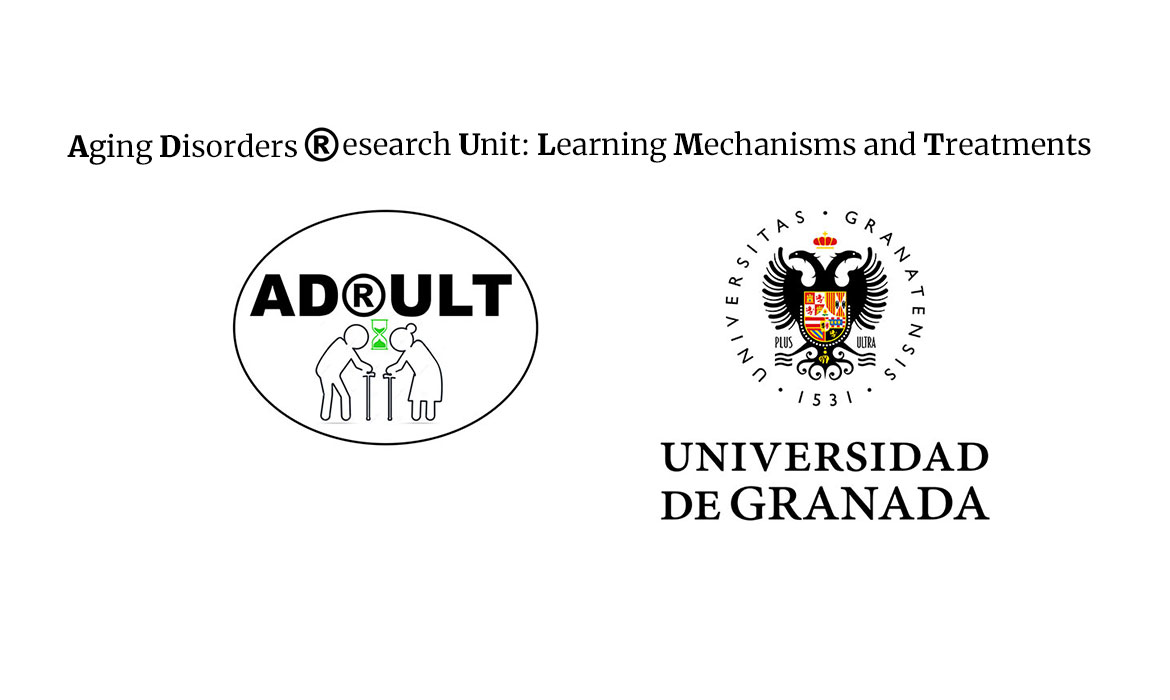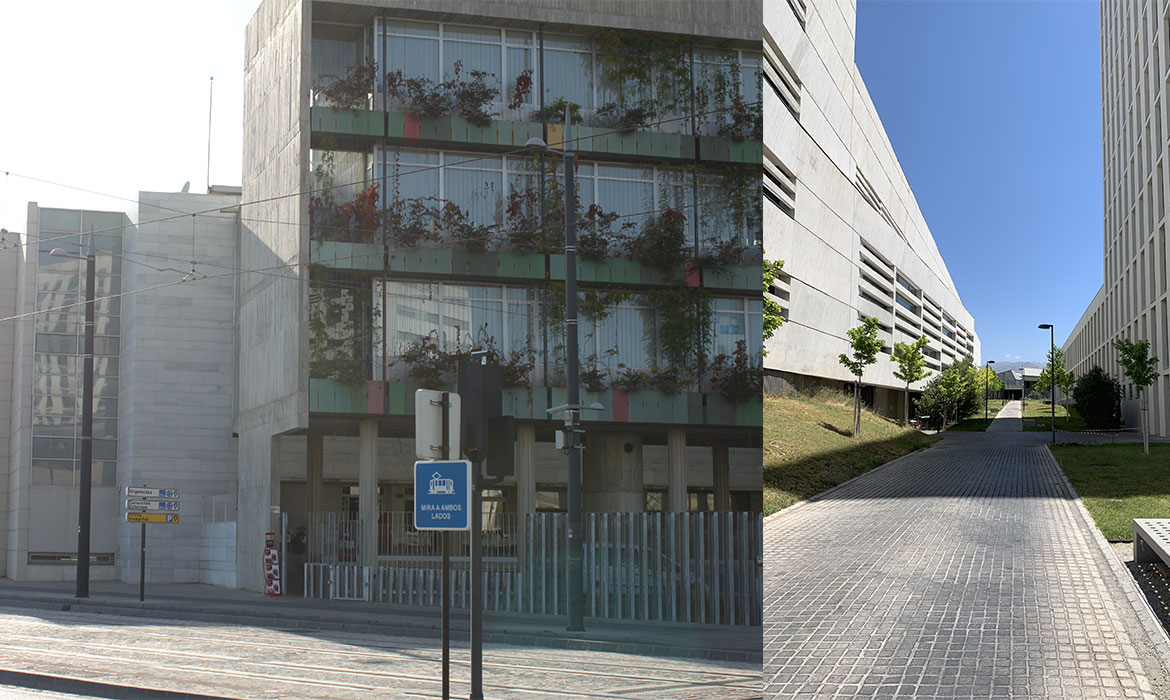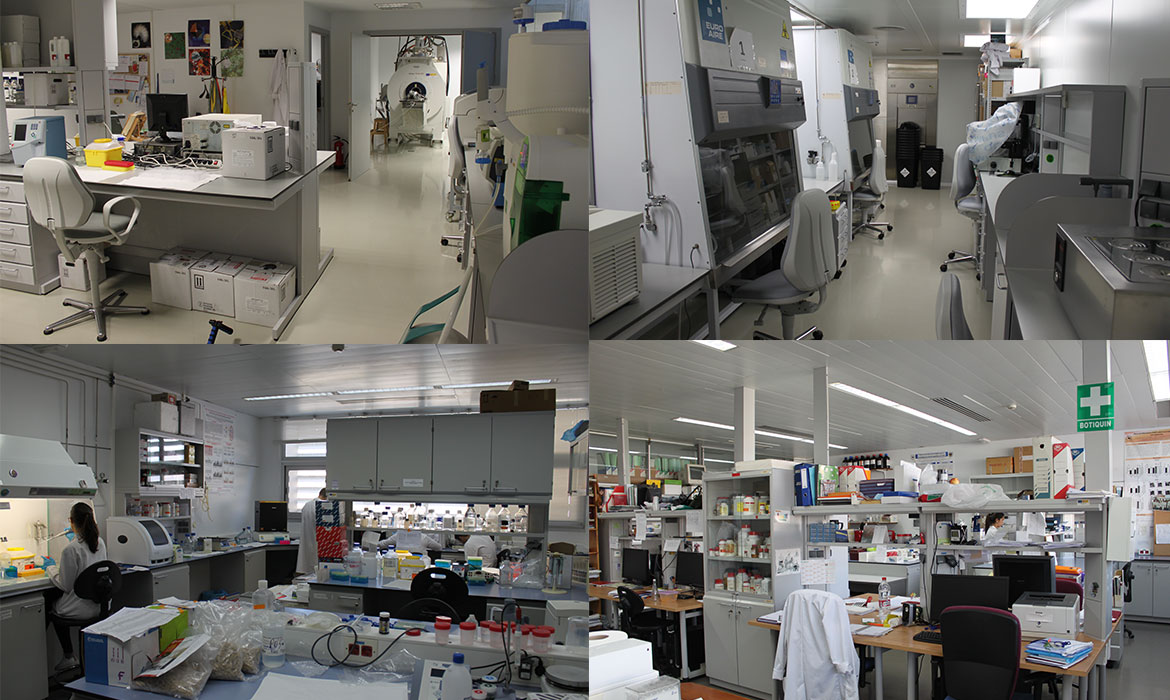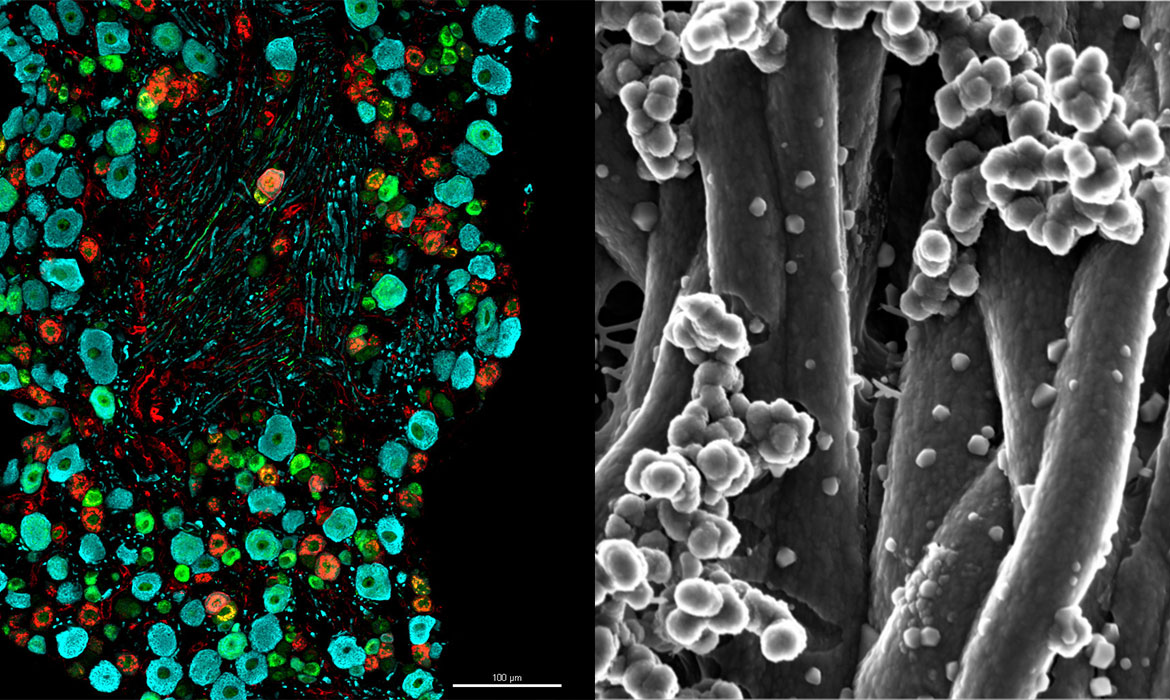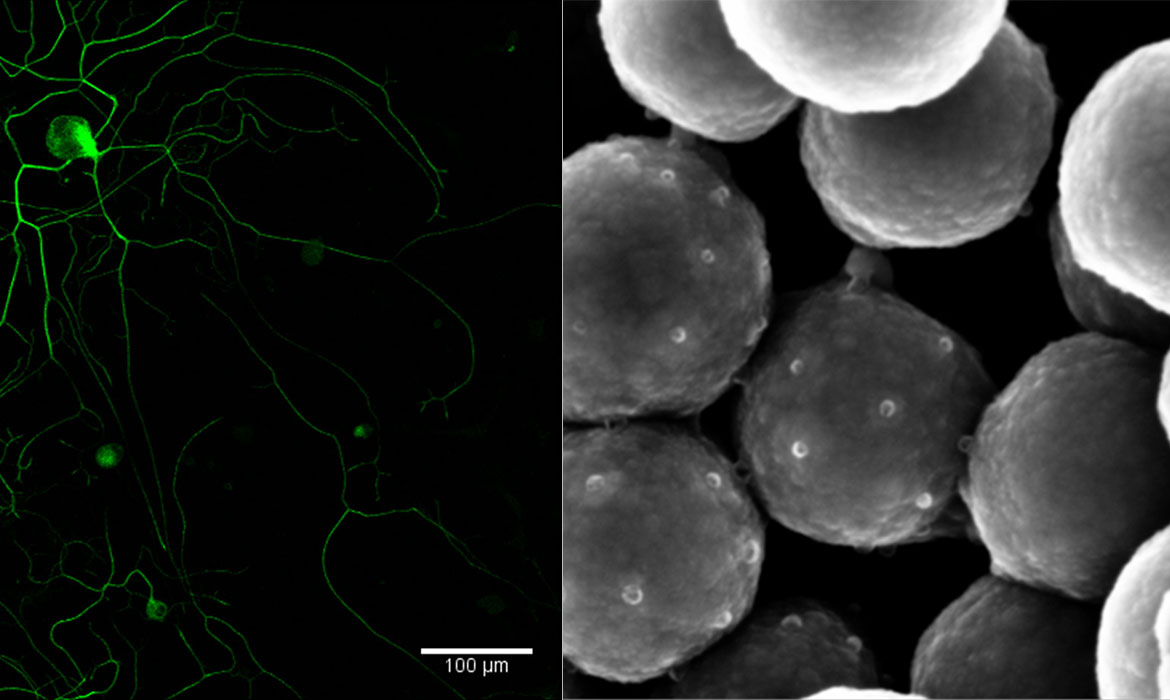OVERVIEW
The European population, as well as those from other developed regions, is facing an important health challenge. According to estimates by the European Commission, Europe will reach one of the highest rates of aging in the coming decades, since 37% of its population will exceed 60 years of age in the year 2050, and more than 10% will exceed 80 years of age in the same year. These percentages will be even higher among the female population.
The aging of the population entails a series of problems and challenges that the European Union must face in order to maintain its welfare state. Among them, Europe highlight maintaining success quotas in the competitive productive system, maintaining the retirement pension system and guaranteeing the diagnosis and treatment of comorbidities associated with aging. For this latest aspect, it is very important to understand the pathological mechanisms of a wide variety of diseases associated with aging, identify useful biomarkers for the prognosis of these pathologies, find new therapeutic targets and develop novel therapies.
The “Aging Disorders ®esearch Unit: Learning mechanisms and Treatments” (AD®ULT), called in Spanish “UNidad de Excelencia para el Estudio de los Trastornos del Envejecimiento” (UNETE), poses the challenge of deepening the study and treatment of multifactorial pathologies linked to aging from a multidisciplinary approach. For this, AD®ULT aims to enhance the synergies between the different areas and lines that are conducted by our scientists, as well as to strengthen the scientific capacity of the young scientists. AD®ULT is also working in the advancing of our international leadership, making an strategy to attract highly qualified national and international researchers. All this is integrated through four major workpackages
- Development of basic and translational science through joint research activities.
- Training and networking activities.
- Access to our technological services.
- Use of the scientific knowledge to get benefits to the society.

